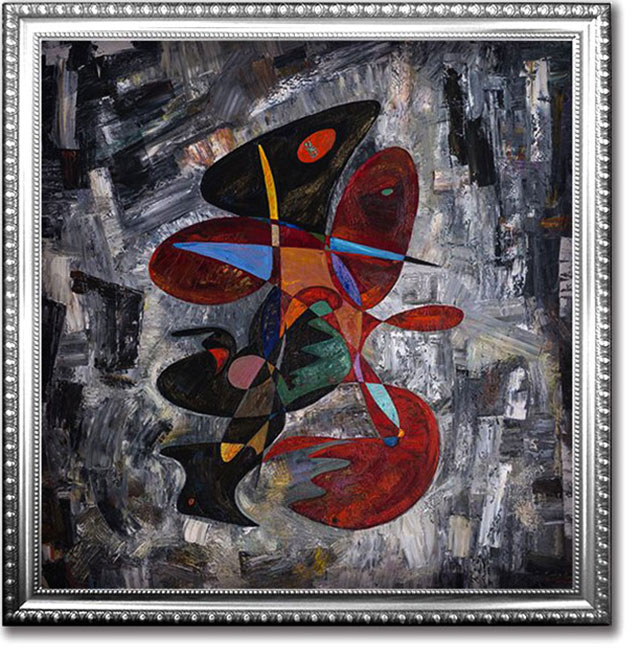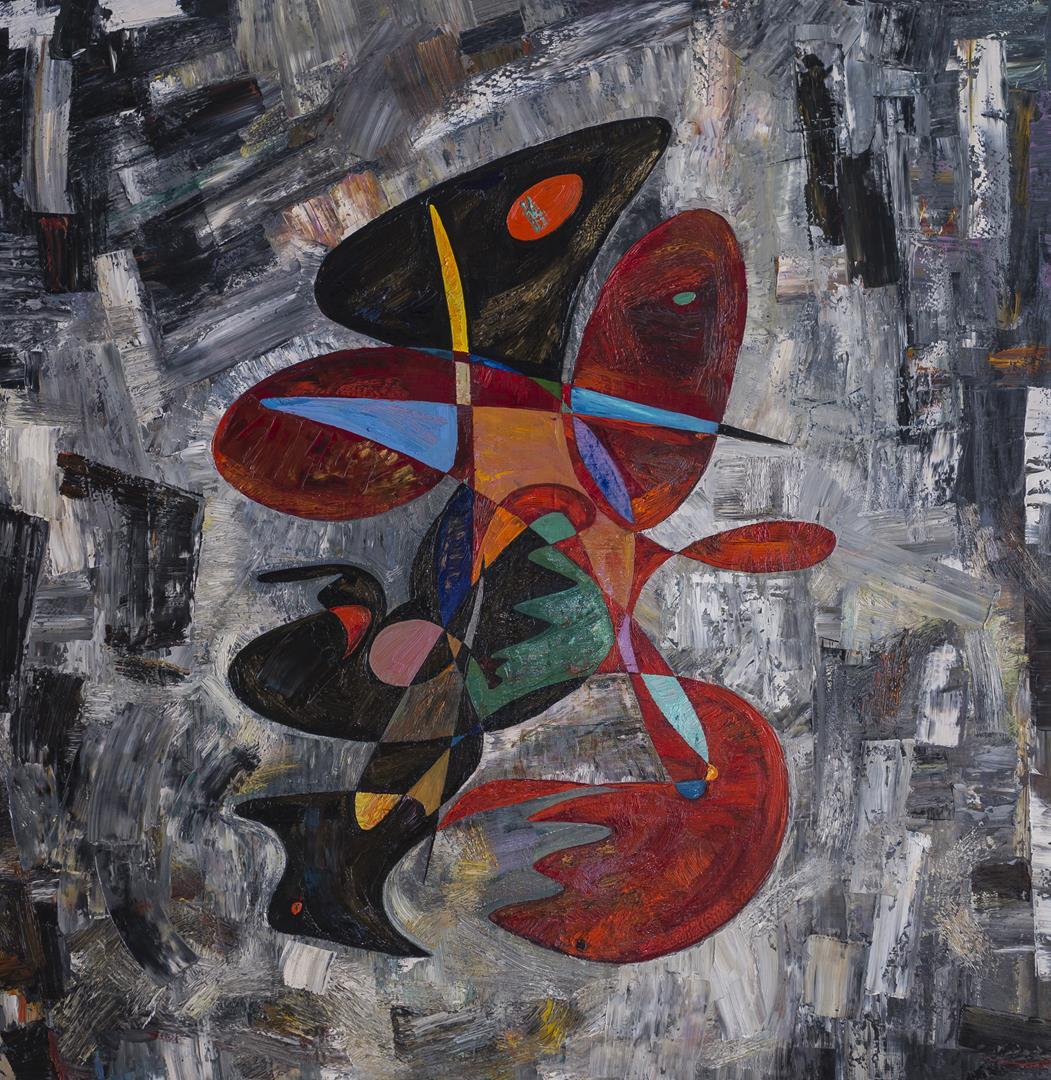- Abstract Painting Reveals The Royal Guard As Not Seen Before
- A Regiment That Represents Cultural Heritage as Much as Military Heroism

- 20 August '18


by Shane Lewis
20 August '18Abstract Painting Reveals The Royal Guard As Not Seen Before
In this piece the figure is an abstracted soldier of the oldest regiment of the British Regular Army, the Coldstream Guard. The artist has provided in his oil painting a conspectus of the vision of the regiment through a visual duality.
History
The view of the present naturally invites to see the divergence of roles fulfilled by the regiment throughout its history. For instance, from its institution in 1650, the regiment was a military force and in less than two weeks after its formation participated in the Battle of Dunbar, in which it was part of the victorious Roundhead Army. From the English Civil War through the American War of Independence up to the recent Iraq War, the Coldstream Guards was deployed as part of the army.

Contrast
However, in contrast to this angle is another that is perpendicular, which refers to the ceremonial role of the Royal Guard that undertakes these duties at the royal palaces of London and Windsor. This perpendicular angle held tightly to our figure's trunk is a metonym for the stolidness and impassivity of the soldiers of the guard in this guise.
Juxtaposes
Virtosu also juxtaposes movement and stasis as a further polarity within this divergence between military engagement and ceremonial duty. The legs of the figure appear to charge and create a dynamic diagonal in the body which, combined with the diagonal of the bayonet, effects a posture of warring action. This is countered by the upright bayonet which could be said to re-orientate the figure to uprightness.
Dualities
These dualities played with by Virtosu in this oil painting are also particularly apposite given that the origins of the regiment were as part of an anti-royalist army and its subsequent declaration for the restored Charles II in 1660, with its consistent maintenance by succeeding monarchs until the present day, marked a break with its own past.
The part of the artist is the effort to engage organic expression in a way that has not been previously achieved. Virtosu challenge is to evolve an expansive landscape that brings the viewer, idea, artist, and experience together. At once it is chaos and at the same time a simple embrace of the loss of boundaries at the portal to new understanding.

